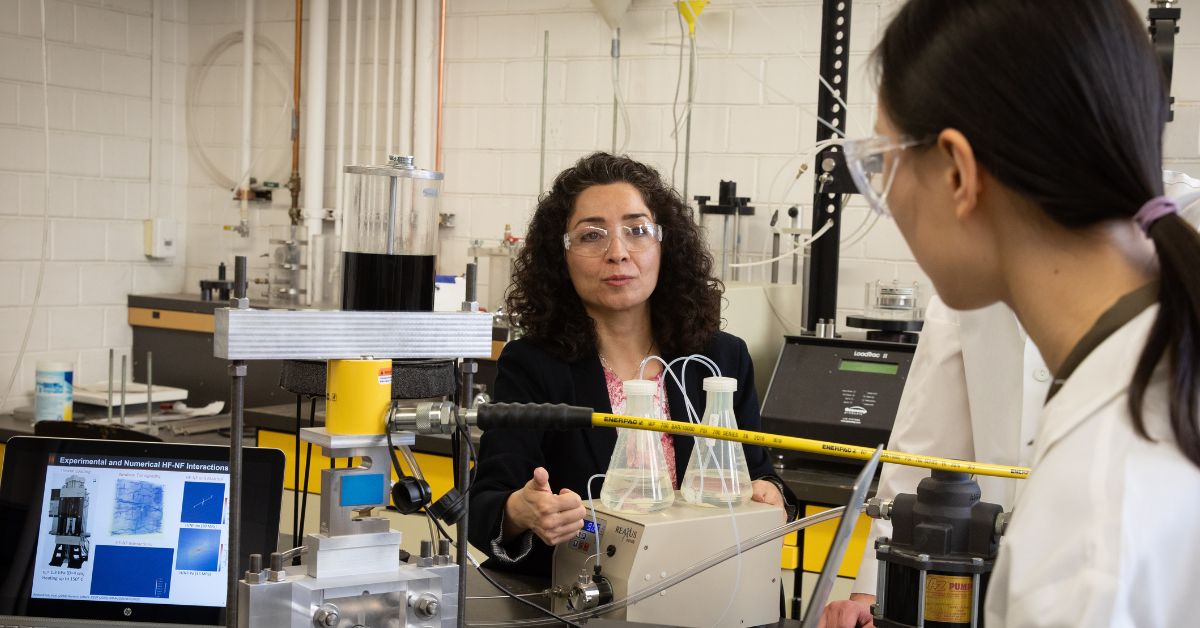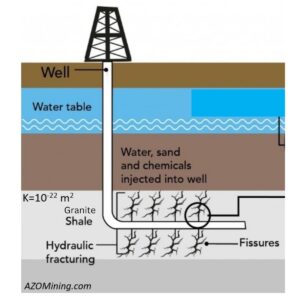Geothermal energy offers a sustainable way to power homes and industries by harnessing the Earth’s heat. However, extracting this energy from deep, hot dry rock layers presents unique challenges, such as maintaining permeable channels—or fractures—within high-temperature, high-pressure, high-stress environments.
The fractures in geothermal reservoirs allow fluids to flow through the reservoir and carry the heat to the surface, where electricity is generated. Sand-like particles, also known as proppants, are usually injected into the fractures to keep them permeable. However, the extreme high-stress and high-temperature conditions at the deep geothermal reservoirs deform and crush the proppant particles, which means lost permeability of the fracture network.
As the demand for geothermal energy rises, these challenges pose increasing obstacles, often hindering clean energy efforts.
Dr. Shahrzad Roshankhah, an Assistant Professor of Civil & Environmental Engineering, along with her Ph.D. student Ayat Alasadi, is tackling these challenges with her innovative modeling approach. She and her collaborators were recently awarded a $4 million research grant from the U.S. Department of Energy (DOE) to develop and test “proppants”—small, sand-like particles that should keep fractures permeable while withstanding the harsh conditions found in geothermal reservoirs.
This award will fund a groundbreaking (literally) study focused on improving geothermal energy extraction with these advanced materials.
A New Type of Proppant with Dual Functionality
Proppants, traditionally used to “prop” open fractures in the unconventional oil and gas reservoirs, are critical for enhanced geothermal energy production as well. Supported by the recent DOE grant, Dr. Roshankhah and her collaborators at the University of Oklahoma, Louisianna State University, and Hotrock Energy Research will be developing a special type of tagged proppant that not only maintains fracture permeability but also provides data for monitoring reservoir conditions.
These new proppants are designed to withstand temperatures up to 250°C (482°F) and pressures as high as 70 MPa (over 10,000 psi). By tagging these particles with electromagnetic-sensitive materials, this team enables them to function as diagnostic tools, offering insights into how fluids and heat move within the reservoir. This dual functionality will equip operators with valuable data on reservoir characteristics and performance over time.
At the University of Utah, Dr. Roshankhah’s team leads the simulation phase of this project, using advanced numerical models to predict how these proppants will behave under high-stress, high-temperature conditions. These simulations explore the proppants’ resilience against crushing and their ability to maintain permeability—essential for the flow of fluids through fractures. By combining laboratory experiments, simulations, and field testing, the research team aims to build a comprehensive understanding of how these proppants can optimize enhanced geothermal energy systems.
The final phase of the project includes field testing by Hotrock Energy Research at Utah’s Forge site, a key research facility for geothermal technology development.
Paving the Way for Sustainable Energy Solutions
By enhancing geothermal reservoir efficiency and enabling better monitoring of reservoir conditions, Dr. Roshankhah’s research has the potential to make geothermal energy a more reliable and widely accessible renewable energy source.
More news from our department:
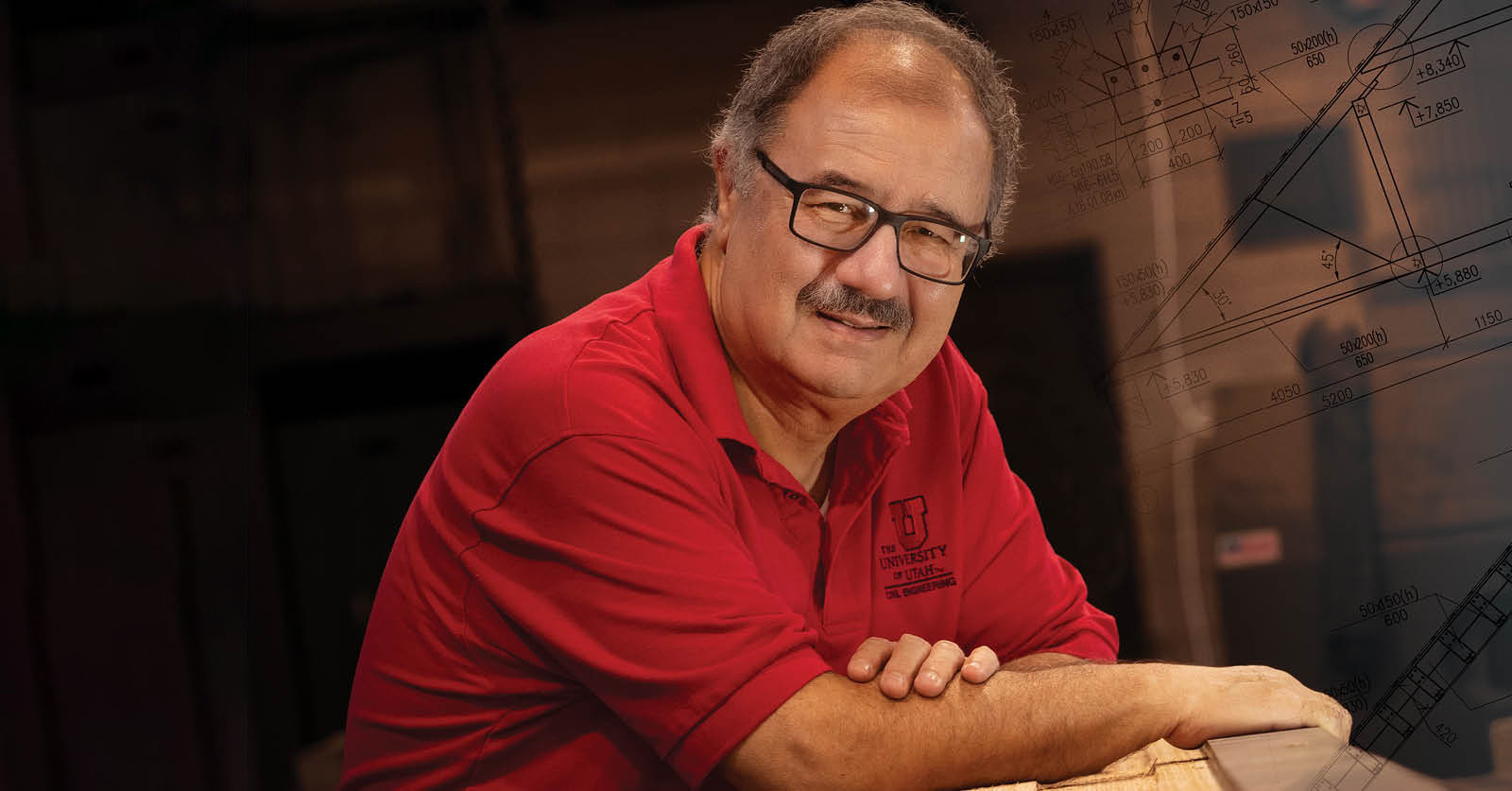
Bringing Wood Construction into the 21st Century
Earthquake-proofing Mass Timber Buildings Civil & Environmental Engineering (CvEEN) professor Dr. Chris Pantelides‘s research is revolutionizing wood construction. Sitting in his office in the Meldrum Civil Engineering Building, Dr. Pantelides holds up a block of composite wood, about 12 inches long and 10 inches wide, and smiles. “What you’re looking at here is the future,” […]
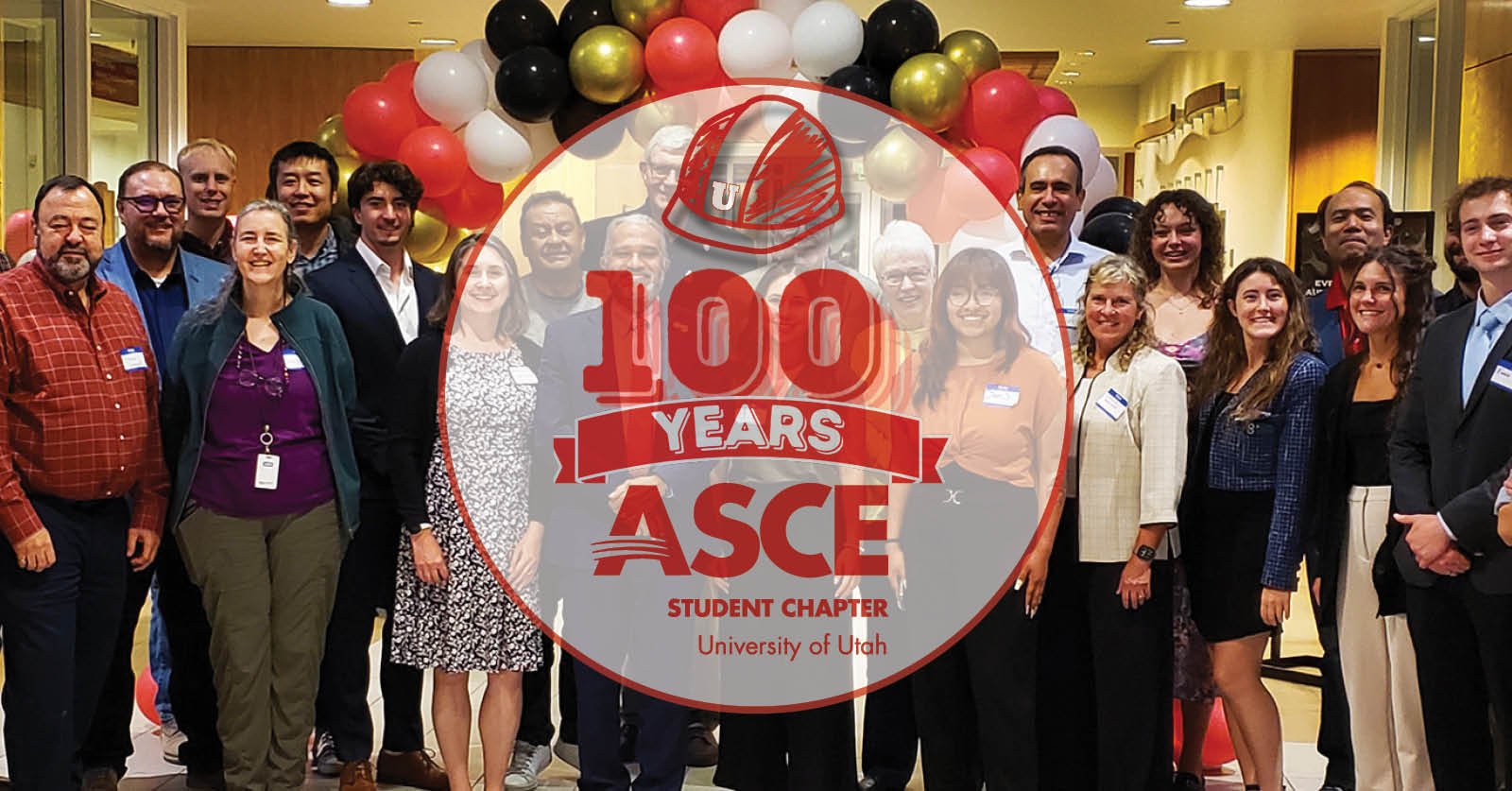
University of Utah Celebrates 100 Years of the ASCE Student Chapter
The American Society of Civil Engineers (ASCE), the nation’s oldest engineering society, has been supporting Civil & Environmental Engineering students at the University of Utah since 1924. For a century, the ASCE Student Chapter has been providing students with invaluable opportunities outside the classroom, preparing them for successful professional careers. On Thursday, September 16, 2024, […]
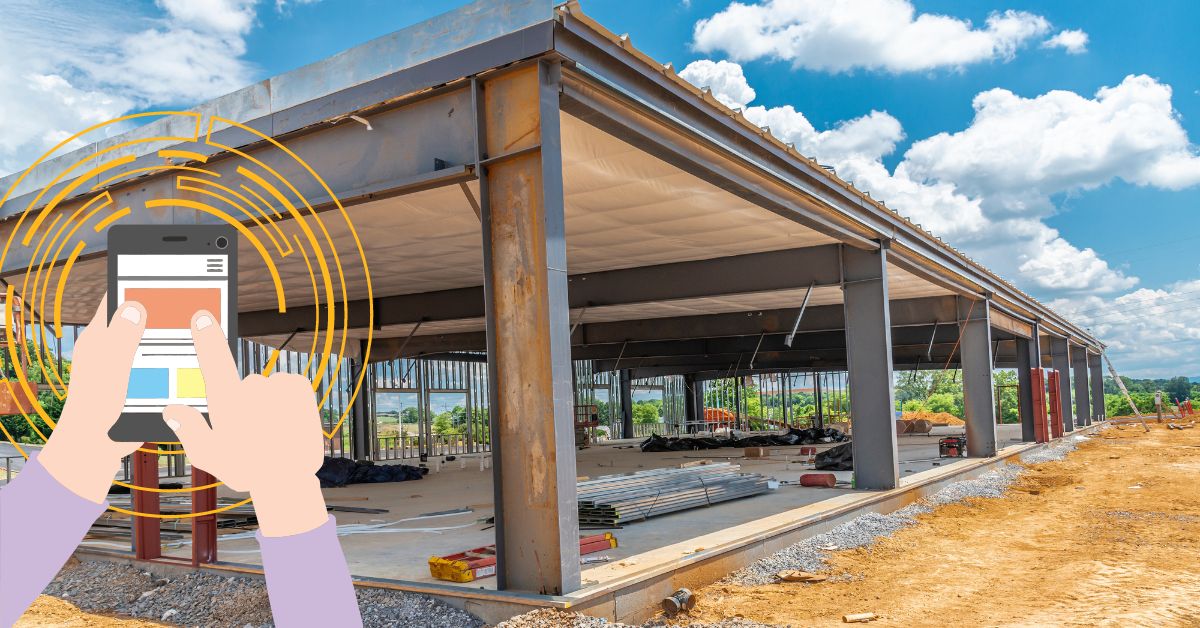
Enhancing Construction Engineering Education with AI-Driven Mobile App
Dr. Abbas Rashidi’s Role in Groundbreaking NSF Research The intersection of technology and education is creating new possibilities for learning, and at the forefront of this transformation is a project funded by the National Science Foundation (NSF). Dr. Abbas Rashidi, an Associate Professor in the Department of Civil & Environmental Engineering, is playing a key […]
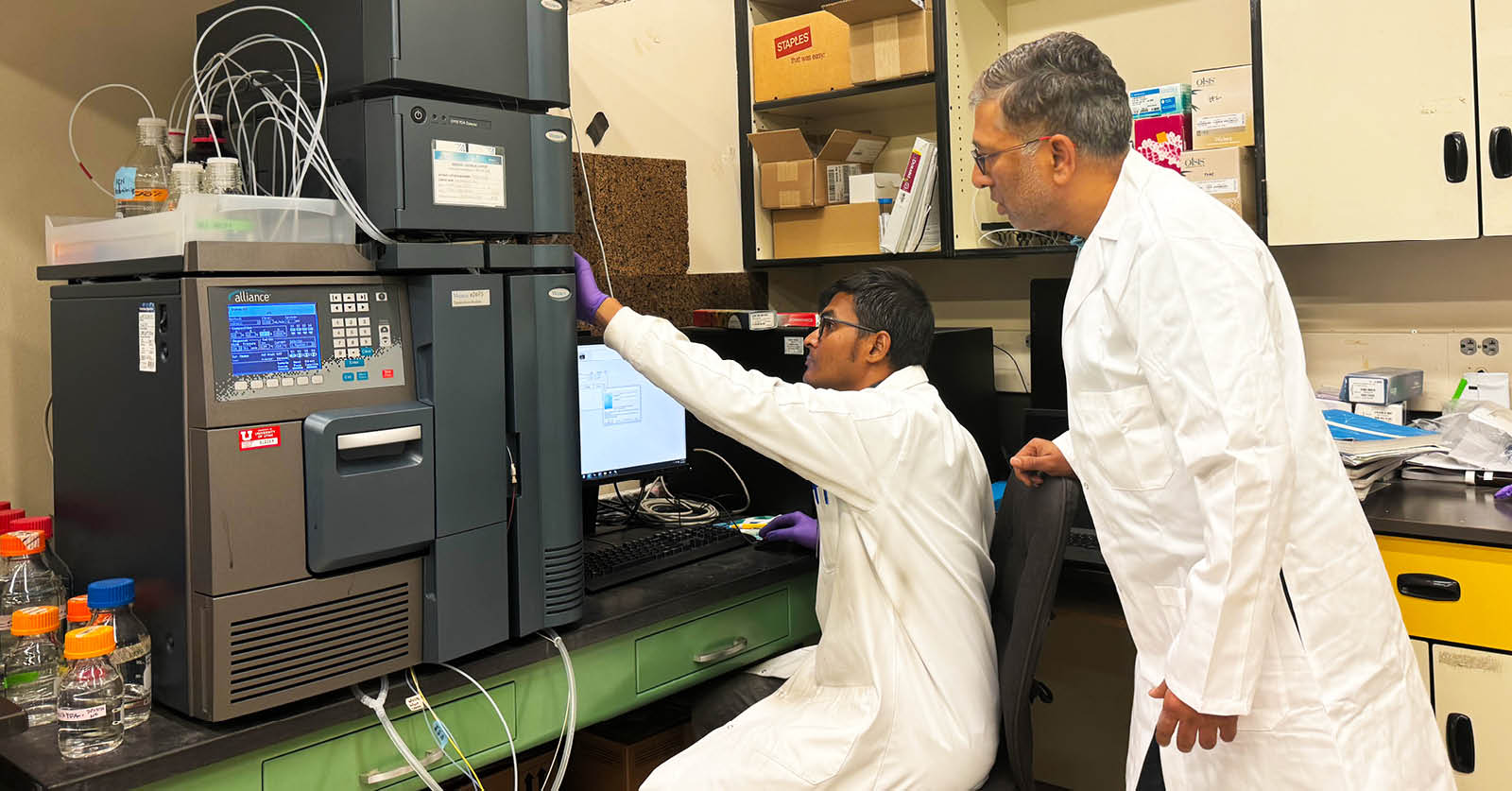
Fighting Forever Chemicals
Dr. Ramesh Goel Leads $1.6M EPA Research on PFAS Known as “forever chemicals,” per- and polyfluoroalkyl substances (PFAS) are a group of synthetic chemicals that have been widely used in various industrial and consumer products, such as non-stick cookware, water-repellent clothing, and firefighting foams. Their resistance to degradation combined with their potential to accumulate in […]

